Understanding the Differences Between Data Lakes and Data Warehouses
Smart Data Collective
AUGUST 28, 2021
Data lakes and data warehouses are probably the two most widely used structures for storing data. In this article, we will explore both, unfold their key differences and discuss their usage in the context of an organization. Data Warehouses and Data Lakes in a Nutshell. Target User Group.


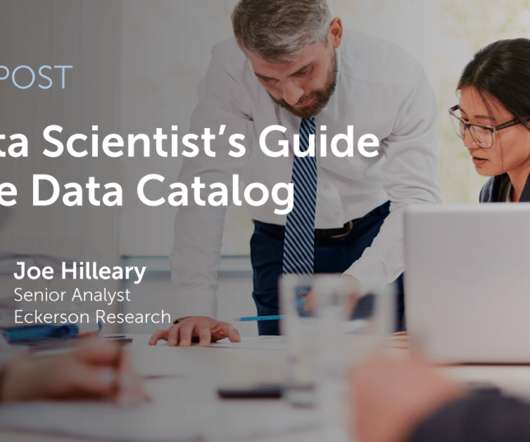

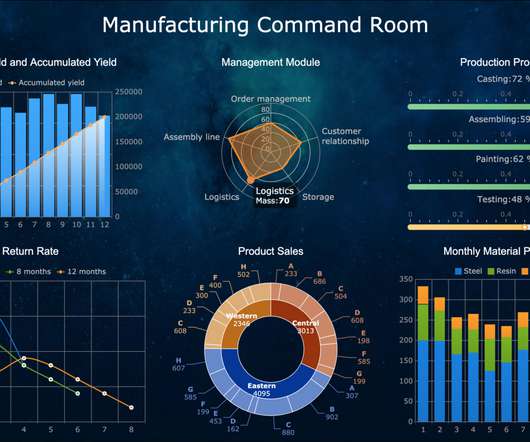
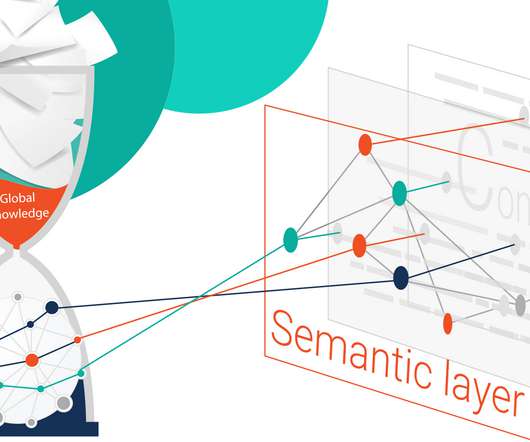

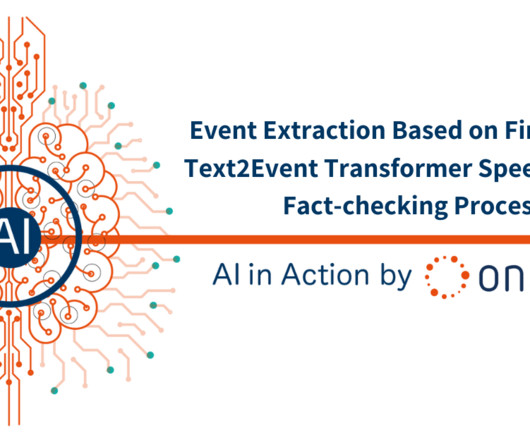

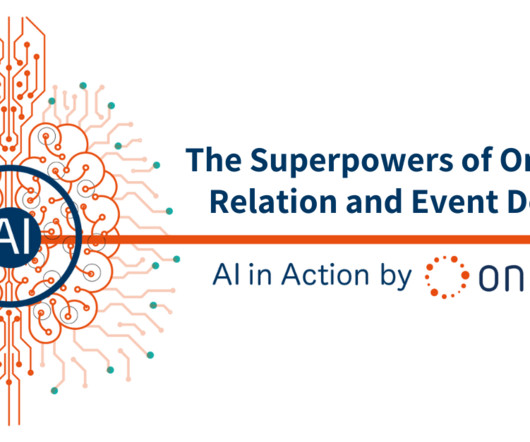


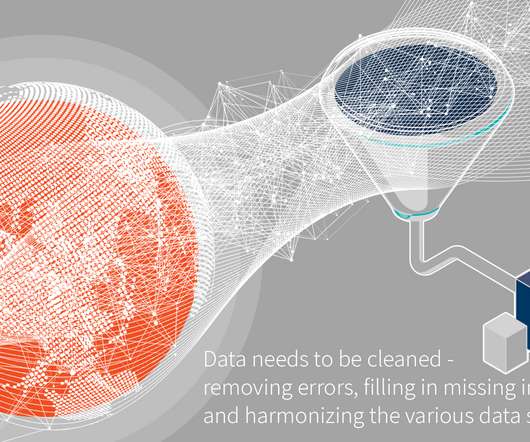
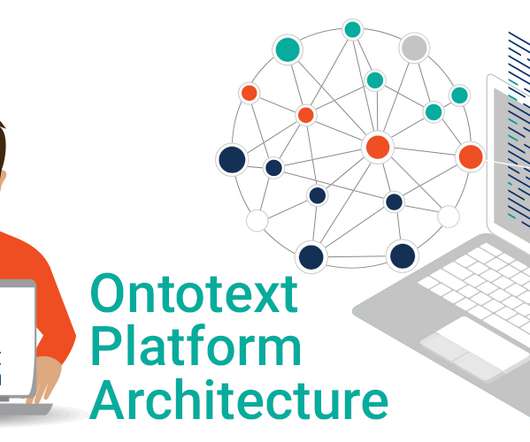
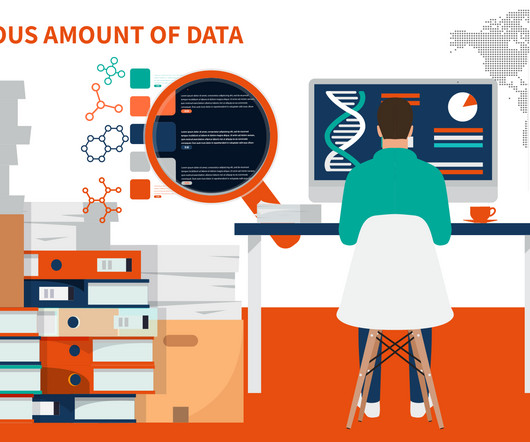










Let's personalize your content